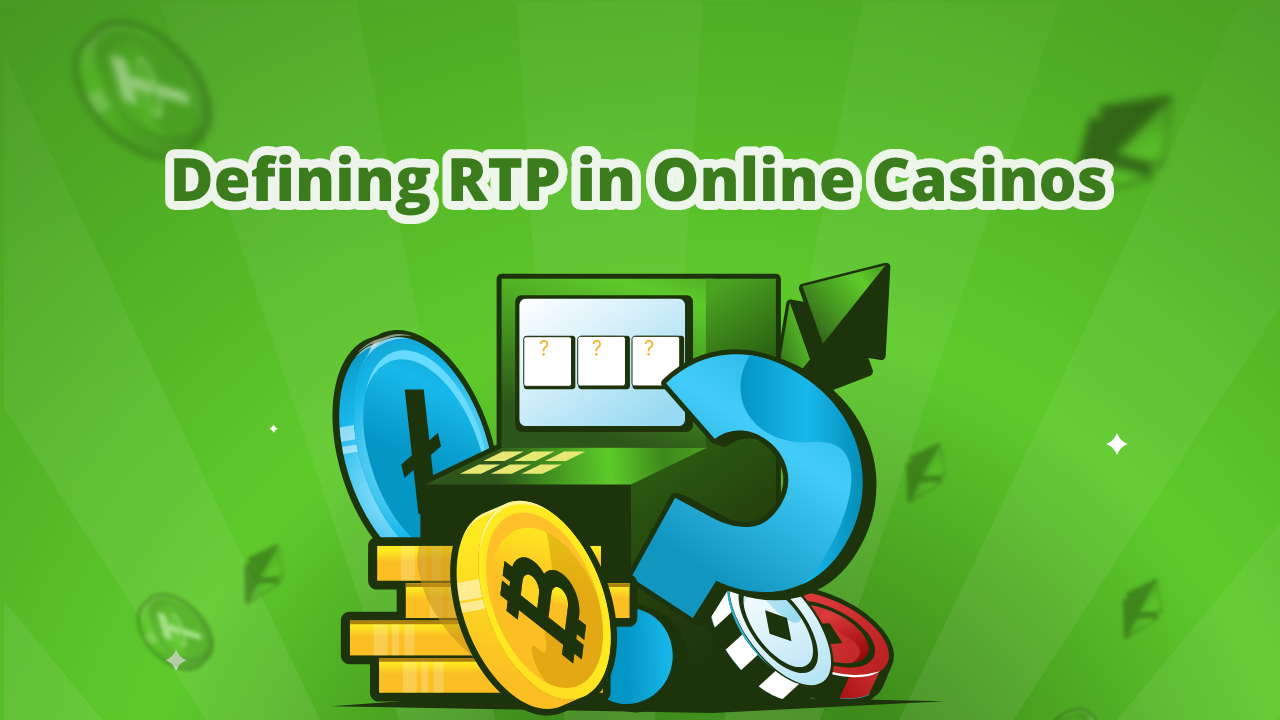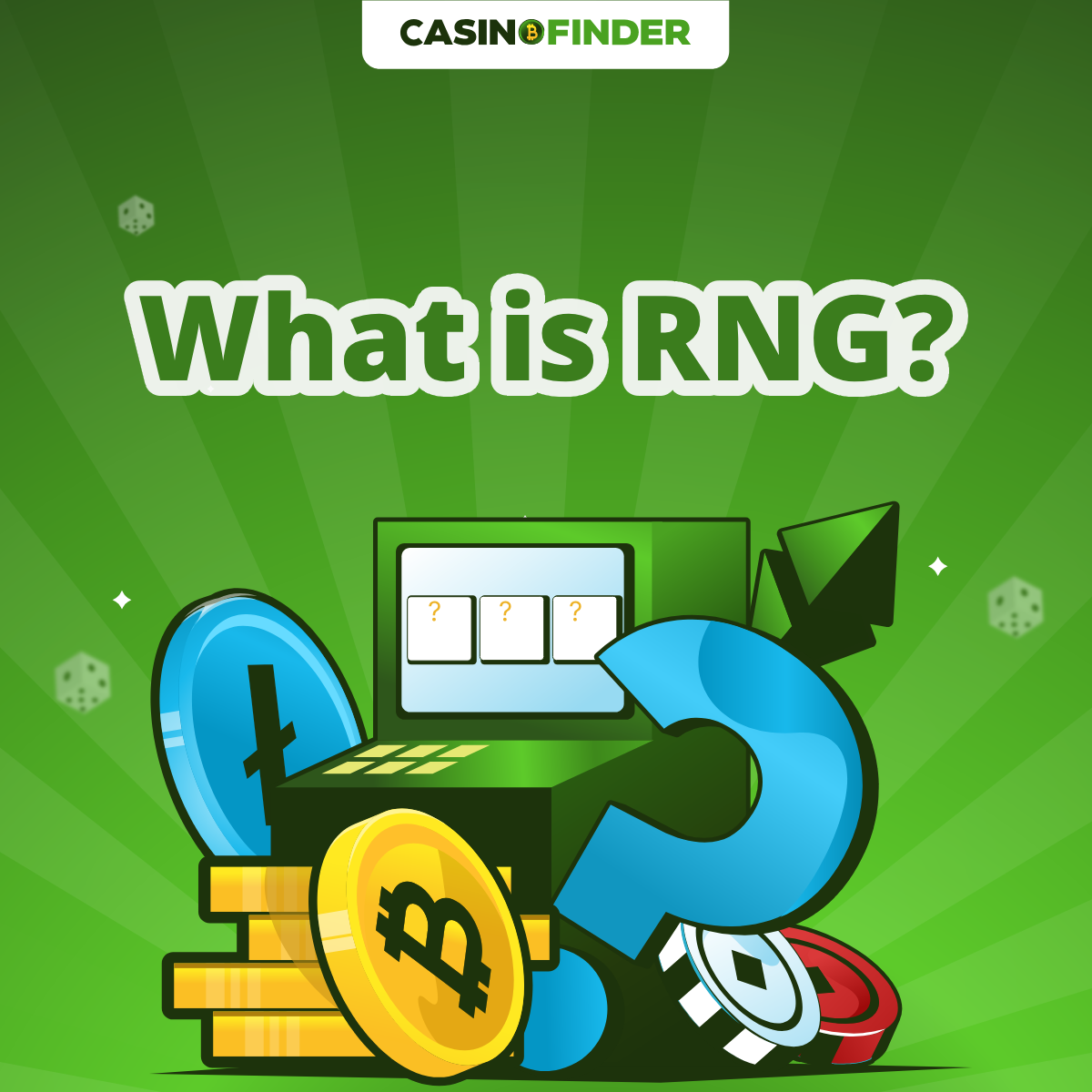What is RTP in Online Casinos?
05 November, 2024
In this guide, we will take a look at what is Return to Player, how to calculate RTP and the factors that influence RTP in online slots.
Table of content
Defining Return To Player In Gambling
RTP is simply the percentage of the total amount of bets (or handle) for a slot game that is returned to a player as winnings. Each slot game has a different RTP because of varying factors, like rules or mechanics.
Let’s illustrate the concept of RTP using a few examples. If the RTP of a slot game is 96%, that means that over a large enough sample size of data, players will receive $96 for every $100 wagered on the game as an average.
This, however, should not be confused with the short-term potential to a player. If you play two games, you could lose or win both. RTP doesn’t refer to your immediate potential to win a slot game.
Return to Player is also reliant on several other factors, such as maximum win, variance, volatility and bonus or free spins for a game.

House Edge and RTP
The difference between house edge and Return to Player is mostly pedantic, based on your perspective. For a casino, house edge is defined as the percentage of bets that the platform will retain. House edge is a lower number, often below 10%.
RTP, however, is defined from the player’s perspective. RTP is the percentage that is returned to the player, and is a high number, often above 90%. Both of these terms clearly indicate that the house always wins over a large sample size of empirical data. House edge determines how much (in terms of amount) a casino will retain.
How To Calculate Return To Player?
Return To Player is expressed as a percentage and is determined by specific factors, such as the total bets and a player’s total winnings. RTP is determined by dividing total winnings for a player by the total amount of bets and multiplying that number by 100% to return a percentage.
For example, if the total winnings for players is 75 units and the total bets taken is 80 units, then the RTP for that slot game is 93.75%.
RTP Testing and Certification
Specific labs across the world conduct detailed and intricate tests to ensure that the advertised RTP for a slot game is accurate. This is done by calculating the total bets taken for a particular slot game and the total turnover for a live game over a specific period of time.
Labs like eCOGRA conduct thorough tests to assess the RTP of a game. The process to test the Return to Player is determined by gathering enough data through a comprehensive process.
According to the eCOGRA website, “Our expert testers assess games based on design characteristics, including % RTP, contributions from the different game modes such as base game, feature games, and jackpots. The resulting report conclusively determines whether each game’s payout falls within a statistically acceptable interval, based on the game’s volatility.”
What Influences Return To Player?
Several factors determine RTP for any game. Some of them include:
Type of Game
RTP varies based on the design and the rules of a casino game. Slot games have a lower RTP when compared to other table games like blackjack or poker. Slots have a higher occurrence of chance as opposed to poker, which has a higher incidence of skill. As a result, the Return to Player is determined by the level of skill or luck for a specific game.
Providers
Various providers have different game styles and user acquisition strategies. For example, software providers with more resources and liquidity offer higher RTP games to attract more users while newer providers create games with lower RTPs.
Bonuses and Jackpots
Games that include bonuses (such as additional free spins) and progressive jackpots have lower RTPs to compensate for the extra free features. This influences the overall RTP for any slot game.
Design and Rules
The rules of a game, such as the number of pay lines or maximum possible win, eventually influence the RTP. A slot game with more pay lines will have a different RTP from a slot with fewer pay lines or a different payout structure.
Volatility
From a casino standpoint, volatility is defined as a combination of your potential volume and frequency of winnings. Volatility in slots, for example, can be low, medium and high. Low-volatility games have a higher frequency of wins but smaller wins, whereas high-volatility slots have low frequency of wins but higher wins.
RTP in Slots
Figuring out the Return to Player for a slot game is fairly simple compared to some other games. The developers or software providers are often required to get their RTPs tested while in a live production environment. This is done to ensure that all the factors of a slot game are taken into account with live users in the newest update of the game as test environment factors vary substantially.
This RTP in slot games has to be rigorously tested by labs such as eCOGRA, where several tests are done to ensure that the data analysed is exhaustive, including a large sample size for a substantial period of time. This RTP is often found in the developer’s website or even in the game’s paytable.
You can also find out RTPs in various reviews and even directly on the casino’s platform. Based on your risk preference, you can choose whether you would like to play a game with a lower RTP (with more features like bonuses and progressive jackpots) or a straight high RTP game, which directly gives you more money back into your account.
The RTP in slots can be classified as follows:
Low RTP slots: Slots that provide a Return to Player of between 90 and 93% are considered low RTP slots. However, you can receive a bit more through the chance of winning a progressive jackpot or in-game bonuses.
Medium or Average RTP slots: Slots that provide a Return to Player of 94 to 96% are Average RTP slots. There could be several factors, such as game design, pay lines and rules, that determine the RTP for Average RTP slots.
High RTP slots: High RTP slots have a Return to Player of 97 to 99%. If you prefer to play slots that simply offer a higher chance of returning your money, you could consider high RTP slots.
RTP in Roulette
Roulette is a game where the preponderance of chance is higher than skill. However, you still have several choices with different risk profiles while playing roulette. You can bet on either red or black, which cuts your probability directly in half. You can also place high-risk bets, such as betting on a specific number (straight-up bet). Let’s break down the house edge and RTP for two different versions of the game: European Roulette and American Roulette.
For European Roulette, you have a slightly higher RTP than American Roulette. In European Roulette, for a straight-up bet, your probability of landing is 2.7%. For a split bet, your probability is 5.4% while that probability goes up to 48.64% for a red or black bet. However, the house edge on all of these bets is about 2.7%, which means that over a large enough sample size of data, you can still expect to receive more than 97% back as Return to Player.
In American Roulette, the numbers vary quite significantly. For example, a straight-up bet gives you a probability of 2.6% to win. For a split bet, your probability is double at 5.2%. That probability goes up to 10.5% for a corner bet and 46.3% for a red or black bet. However, the house edge stays constant at a little over 5.2%, which means that the RTP for American Roulette is a little under 95%.
Return to Player (RTP) FAQs
RTP (or Return To Player) is defined as the total amount that players of a specific slot game can expect to receive at the end of a substantial period of time. RTP is expressed as a percentage.
There are various factors that influence RTP in online casinos, including volatility, the type of game, reputation of software providers, design of a game and the jackpots or bonuses that a game has integrated.
RTP is calculated by dividing the total winnings of players for a specific slot game by the total amount of bets taken. That number is then multiplied by 100% to determine the RTP as a percentage.
House edge is the total amount of bets that a casino would expect to retain, expressed as a percentage. RTP is the total amount of bets that players can expect to receive back from the casino. House edge is expressed from the casino’s perspective while RTP is defined from a player’s point of view.
More news

What is RNG in Online Casinos?

Duelbits Wins Best Crypto Operator At The 2024 EGR Operator Awards
